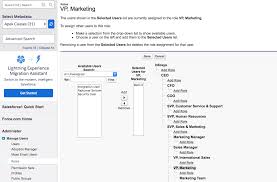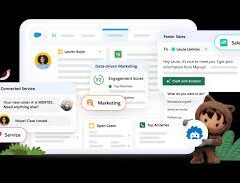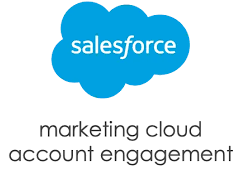Role hierarchy works together with sharing settings to determine the levels of access users have to your Salesforce data. In most cases, the Salesforce hierarchical roles allow employees access to data of all the users directly below them in the hierarchy.
How many roles are there in role hierarchy Salesforce?
By default, a Salesforce org can have up to 500 Roles. The current Maximum is 10,000. A documented business case, including the specific amount of roles required when requesting a higher limit.
Salesforce roles are record-level access controls that define what data a user can see in Salesforce. In other words, roles can be used to determine the visibility access of the user and the data they can access in your Salesforce CRM organization.

Role Hierarchy
Salesforce role hierarchies don’t have to match your organization chart exactly. Instead, each role in the hierarchy should represent a level of data access that a user or group of users needs. An organization is allowed 500 roles; however, this number can be increased by Salesforce.
What is the best practice of role hierarchy in Salesforce?
One of the most important things to remember when building a role hierarchy in Salesforce is that it shouldn’t be based on titles, it should be based on management levels. Users should be assigned a role based on how many levels of management are above or below them.
How do you create a role hierarchy in Salesforce?
From Setup, in the Quick Find box, enter Roles , and then select Roles. Under Sample Role Hierarchy, for View other sample Role Hierarchies, ensure that you select Territory-based Sample. Click Set Up Roles. Under Your Organization’s Role Hierarchy, under the role to which the territory manager reports, click Add Role.













